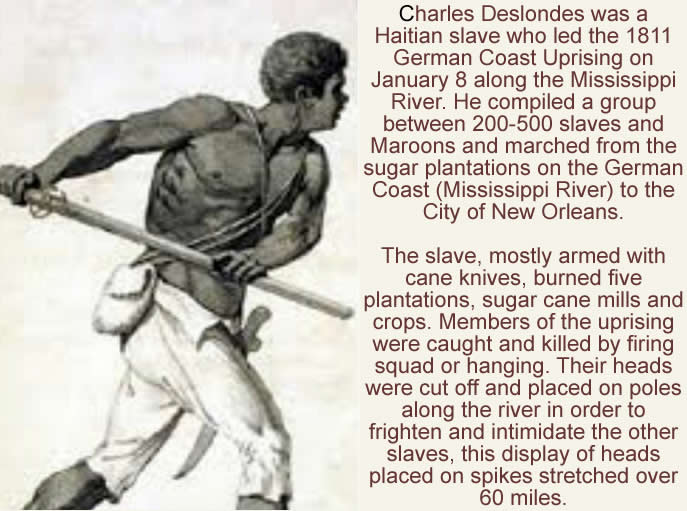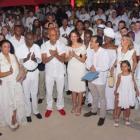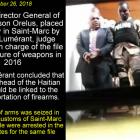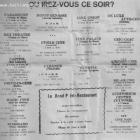ADVERTISEMENT
Charles Deslondes, a Haitian slave who led the 1811 German Coast Uprising to New Orleans
Charles Deslondes was a Haitian slave who led the 1811 German Coast Uprising on January 8 along the Mississippi River. He compiled a group between 200-500 slaves and Maroons and marched from the sugar plantations on the German Coast (Mississippi River) to the City of New Orleans.
The slave, mostly armed with cane knives, burned five plantations, sugar cane mills and crops. Members of the uprising were caught and killed by firing squad or hanging. Their heads were cut off and placed on poles along the river in order to frighten and intimidate the other slaves, this display of heads placed on spikes stretched over 60 miles.
Charles Deslondes was born as a slave in Saint-Domingue, present-day Haiti; he was the son of an enslaved woman and a French planter. Deslondes was one of the slaves who led the 1811 German Coast uprising, a revolt of black slaves in parts of the Territory of Orleans on January 8-10, 1811. It was the largest slave uprising in U.S history that killed only two white men. The rebellion began on a cold, rainy night on January 8, 1811, on or near the plantation of Colonel Manuel André, 36 miles northwest of New Orleans near present-day Norco. The insurgent slaves of Andre, between 64 and 125 from sugar plantation, surrounded his house on the night of January 8; they broke in, assaulted and wounded Colonel André, murdered his son Gilbert (a member of plant militia), and then fled downriver in the direction of New Orleans. The rebels, led by Deslondes, proceeded south, torching and looting adjacent plantations and adding about five hundred recruits to their ranks. They rallied to fight and die for freedom.
Andre, however, managed to escape across the Mississippi and began to round up a posse of nearby planters.
The 1811 German Coast uprising began on the land known as early Louisiana's German Coast (named for immigrants in the 1720s, located above New Orleans on the Mississippi River) where the Germans became independent land-owners. Maroons were the African slaves who escaped from slavery in the Americas and mixed with the indigenous peoples of the Americas and formed independent settlements.
During the uprising, the slaves armed with cane knives burned five plantations, sugarcane mills, and crops. The revolt was well planned-- a fundamental challenge to the system of plantation slavery. The rebels were dressed in military uniforms and chanting "On to New Orleans, they rallied with an attempt to conquer the city, kill all its white inhabitants, and establish a black republic on the shores of the Mississippi. Very soon they met the twin forces of the American military and a hastily assembled planter militia. The slaves' ammunition did not last long, and the battle was brief. Soon the slave defense was broken and plant militia began their slaughter. Immediately about 40 to 45 slaves were killed, 14 slaves were executed and over the following weeks, an additional 44 slaves were killed.
Read more about slavery, new orleans, Slave, Rebel, rebellion, slavery


 Hotel Beck in Cap-Haitien, Haiti
Hotel Beck in Cap-Haitien, Haiti  All inclusive Royal Decameron Indigo
All inclusive Royal Decameron Indigo  Nouveau College Bird in Port-au-Prince, Haiti
Nouveau College Bird in Port-au-Prince, Haiti  Dr. Henri Ford, First Haitian Dean At University of Miami Med...
Dr. Henri Ford, First Haitian Dean At University of Miami Med...  Former PNH Chief, Godson Orelus, arrested for illegal arm...
Former PNH Chief, Godson Orelus, arrested for illegal arm...  Jovenel Moïse nominated Jean Henry Céant as prime minister of...
Jovenel Moïse nominated Jean Henry Céant as prime minister of...  Partial list of privileges enjoyed by Government officials in...
Partial list of privileges enjoyed by Government officials in...  Philippe Vorbe entered world football Hall of Fame, CONCACAF
Philippe Vorbe entered world football Hall of Fame, CONCACAF 



